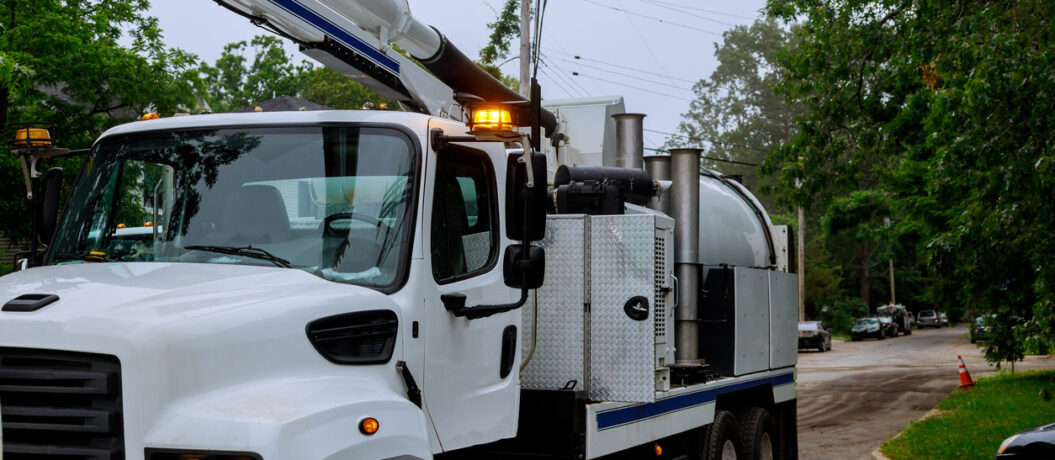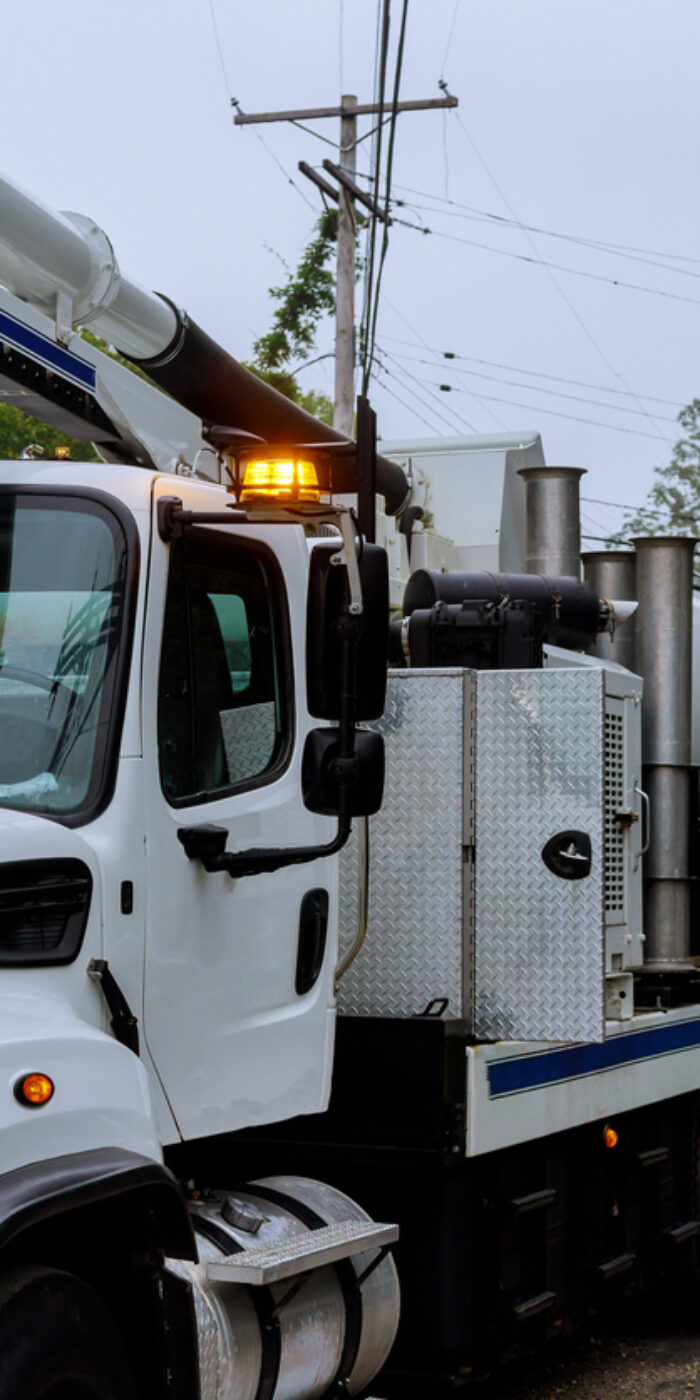Emergencies can strike at a moment’s notice. From natural disasters like earthquakes and hurricanes to large-scale criminal activity, to even a global pandemic. In many cases, your organizations are relied on to provide assistance and support throughout your regions. Your vehicles have to be working and maintained and need to be able to fuel properly and accurately. Fuel management systems, like FuelFocus, allow your organization to quickly deploy fobs or other fueling credentials. This allows you to open up your fuel islands for outside agencies, like FEMA and other local agencies or emergency response vehicles. Below are some best practices to help your organization navigate emergencies while utilizing your fuel management system.
1. Get Fuel Quickly
When an emergency is severe enough that every second counts, you’ll want to make sure you are not delayed at the fuel island. With a Wireless Automated Fueling (WAF) solution, you can pull up to the pump and begin fueling quickly, with no manual entry required. Automated fueling can be used to authorize fuel for any vessel, not just vehicles. These might include portable fuel tanks, lawnmowers, snow blowers, ATVs, or even boats.
2. External Fueling
Utility companies from around the country will often mobilize to assist the affected areas during natural disasters, like hurricanes. Users of automated fuel management software in those areas can issue fuel cards or simply set up codes within their system for outside entities (other utilities, FEMA, and Law Enforcement). These organizations can now get fuel at these convenient fuel sites. Ultimately, this allows for better tracking of where your fuel is being allocated while still allowing everyone to get fuel quickly.
3. GPS Tracking
A truly robust fuel management system will offer passive GPS. A passive GPS solution will allow you to assess where assets were most utilized so that you can reallocate them as needed. In addition, your provider may have partnerships with multiple real-time GPS solutions such as AssetWorks GPS/Telematics.

4. Mobile Fueling
Your emergency (or even your standard business practices) may require that you have the potential for mobile fueling. Your system should provide and track emergency fuel supply on mobile fuel tankers. As a result, you can get the fuel to locations that need it right away, such as remote generators or other equipment in the field. Often, these assets are not able to return to onsite fueling locations.
5. Fuel Levels & Allocation
Your system should be able to give you real-time and long-term statistics. These numbers might include your fuel levels, trends in fuel consumption, fluctuations in price, and any anomalies that require your attention. This way, you can understand in real time where you have fuel and where you are short. This information is crucial in an emergency and allows you to keep your fuel vendor aware of your levels and any changes in purchasing or distribution.
6. Fuel Management Regulation
With a combination FleetFocus and FuelFocus configuration, the option exists to restrict the ability of a user to fuel. Specifically, certain vehicles, users, or locations can be identified as “authorized” or “emergency.” Effectively, this means that administrators can automatically close their fuel sites down to only certain departments. In the case of an emergency like a hurricane or similar, your Sheriff or Police Department can lock their fuel sites down to only Sheriff/LE vehicles and block the rest of the county’s “non-essential vehicles” from using their fuel sites.
7. Fuel Management Support
Most importantly, your selected fuel solution must come with available support from the provider. Proper, long-term support for off-hours and emergencies is critical to your success and effectiveness in the middle of a crisis. You shouldn’t have to face any issues alone, so AssetWorks has a support team that is trained to work remotely and to be available during a crisis.












